Disclaimer: This post contains affiliate links. If you click through and make a purchase, I may receive a small commission (at no additional cost to you). This helps support and run my blog. I only recommend products I personally use and love. Thank you for your support.
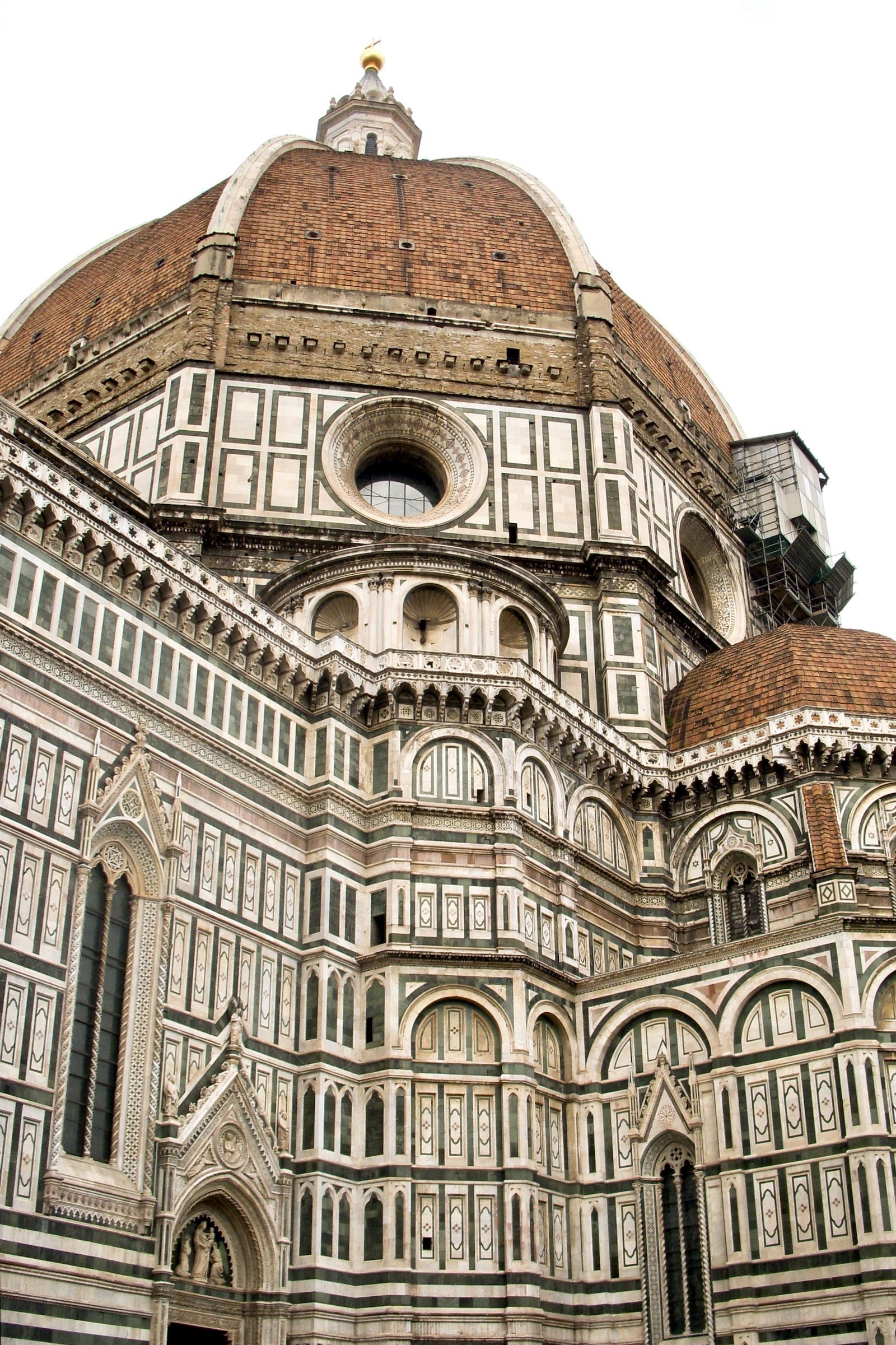
Italy will always have a special place in my heart. It was my first international trip and although it was many years ago, it seems like yesterday. If this is your first trip to Italy, then this 2 week Italy itinerary is a great place to start. While Rome is an incredible city, there is so much more to Italy than Rome. Italy has amazing historical sights, beautiful coastal towns, some of the world’s best food, and lovely countryside.
This is an itinerary for someone who wants to see most of the country’s highlights and it may not be ideal for everyone. It moves quickly and covers a lot in a short amount of time. That being said, it is doable but please adjust it to fit your travel style. Continue reading for the perfect 2-week Italy itinerary.
Best Time to Visit Italy
The best time to visit Italy is from April to May and mid-September to October. There are fewer crowds during this time and you will find better deals on flights and accommodations. The best weather is generally in the spring from April to June or in the fall when temperatures are mild and pleasant. Although, spring can be chilly at times.
Summer is considered the high season. Children are out of school and you’ll see peak crowds, especially in the beach towns. Many Italians also vacation during this time. The heat can be intense, especially in the south where temperatures reach the 90s.
Winter is the low season, except for the holidays. Everywhere is much less crowded but many of the beach towns close for the season and not all activities may be available. Temperatures can drop to the 50s in Rome. However, you will find the best deals on just about everything during this time.
How to Get Around Italy
There are a few ways to get around Italy but the best way to do this itinerary is by car. A car is going to let you see more in a shorter amount of time. It also will give you the most freedom and allow you to make stops along the way that you might otherwise miss. However, car rental can be pricey, especially during the high season and parking can be difficult.
I suggest waiting to pick up a car until you are ready to leave Rome. There’s no need for a car there and parking will be a headache. Make a car reservation in advance and pick it up on your way out of the city. Driving in Italy is fairly easy but many of the main roads are toll roads. Make sure to bring cash with you and avoid the Telepass lane upon exiting. This lane requires a linked bank account.
Travel by train is another great option and is very popular with tourists. However, if you wish to do this itinerary by train, I would allow a few additional days. Train travel throughout Italy is fairly easy. The train is efficient and there is a large rail network throughout the country that even includes sleeper trains. Trenitalia is the primary train operator and has three categories of high-speed rail: Frecciarossa, Frecciargento, and Frecciabianca. Frecciarossa trains are the fastest and reach speeds of 300 km/hr (190 mph). These trains offer daily connections between the main cities and will likely be your best bet. Reservations are required.
Italy also has regional trains (much slower) and buses. Regional trains may be needed to reach smaller cities and busses can be great for getting around within a city.
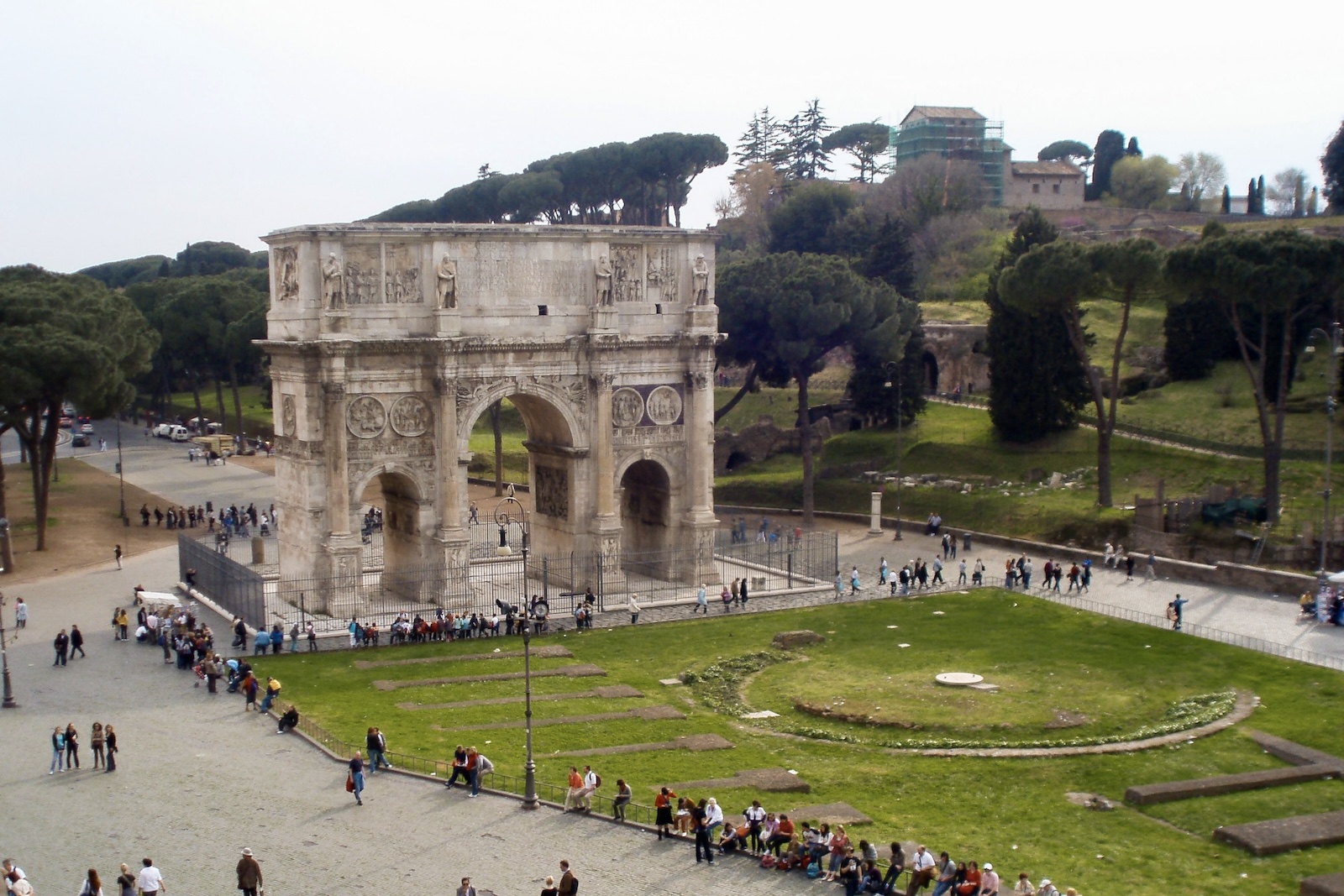
The Best 2-Week Italy Itinerary:
Day 1 | Arrive in Rome
Arrive in Rome and spend the evening exploring the city. Take a city tour or enjoy a fantastic meal before visiting some of Rome’s top sights. The Trevi Fountain and the Spanish Steps are both great attractions to visit at night.
People Watch at the Trevi Fountain
The Trevi Fountain is one of the most famous fountains in the world. The fountain is 26 m (85 ft) high and 49 m (161 ft) wide, making it the largest Baroque fountain in Rome. Its construction took place over 30 years and it was completed in 1762.
The fountain was built on the backside of the Palazzo Poli building and under its center arch is the nautical god, Neptune being pulled on a shell-shaped chariot. The fountain is illuminated at night and it’s a great place to sit and people watch. I suggest grabbing a gelato from a nearby stand and finding a comfortable place to sit.
Spend the Evening on the Spanish Steps
The Spanish Steps are a series of steps that join Piazza di Spagna and Piazza Trinita dei Monti. The stairway consists of 135 steps and was built by French diplomat Etienne Gueffier between 1723–1725.
The steps were built to give access to the church of the Santissima Trinita dei Monti which is located at the top of the steep slope. Today, the Spanish Steps are used as a gathering place for locals in the evening. People sit on the steps, socialize, and play music.
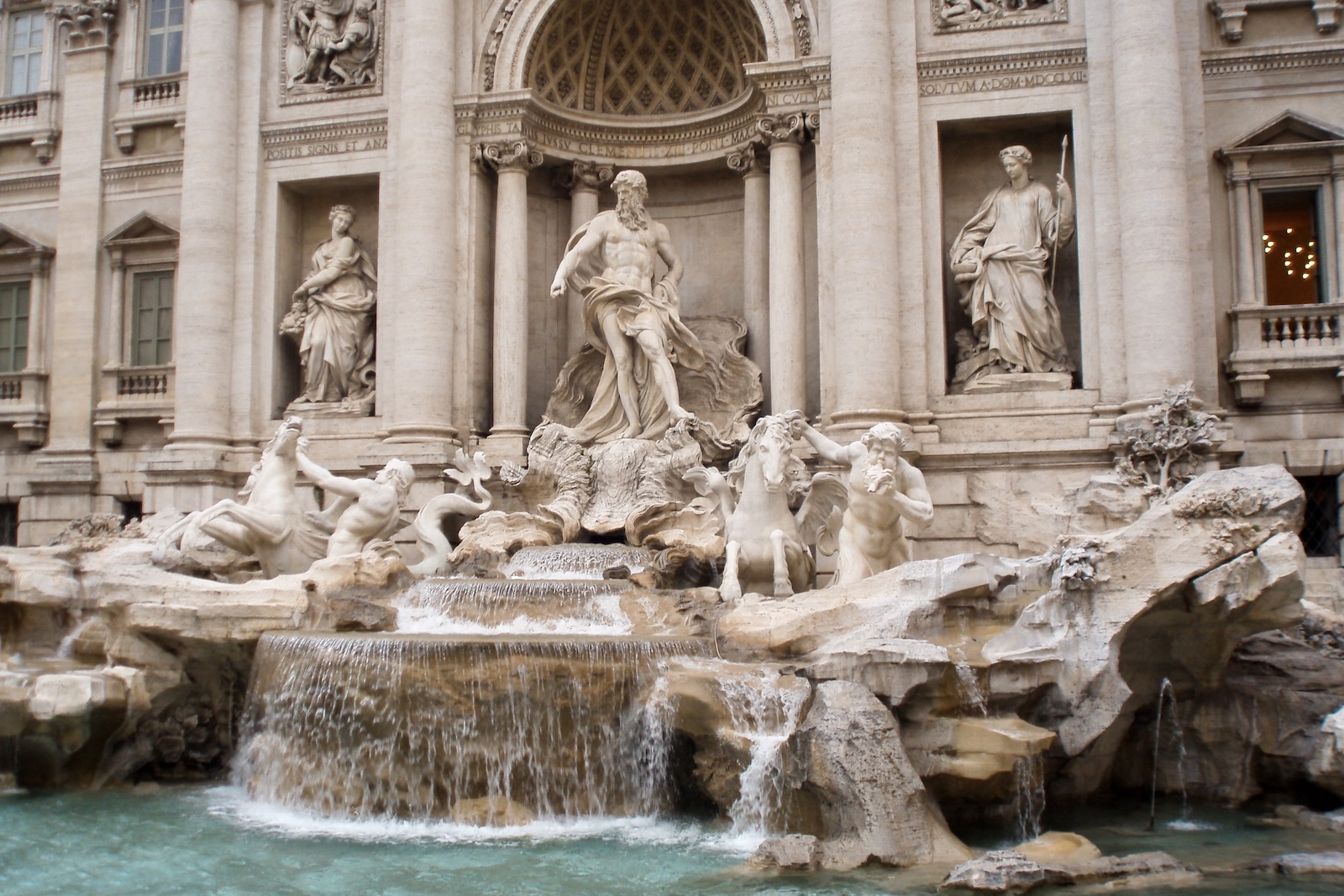
Day 2 | Rome to Sorrento
Sorrento is a gorgeous little town that sits on the cliff-side above the Bay of Naples in southwestern Italy. Its windy roads and waterfront views make it especially charming. Sorrento is 264 km (165 mi) from Rome and the drive takes about 3 hours. I suggest making a stop at Pompeii along the way. It’s about 2.5 hours outside of Rome.
Discover the Ancient City of Pompeii
You probably learned about Pompeii in a grade school history class. I had always found it fascinating so I jumped at the opportunity to visit. Pompeii was an ancient Roman city that was destroyed and buried under ash when Mt. Vesuvius erupted in AD 79. Upon excavation, a well-preserved city was found. The ruins provide a detailed look at what life was like then and mummified remains tell a sad story.
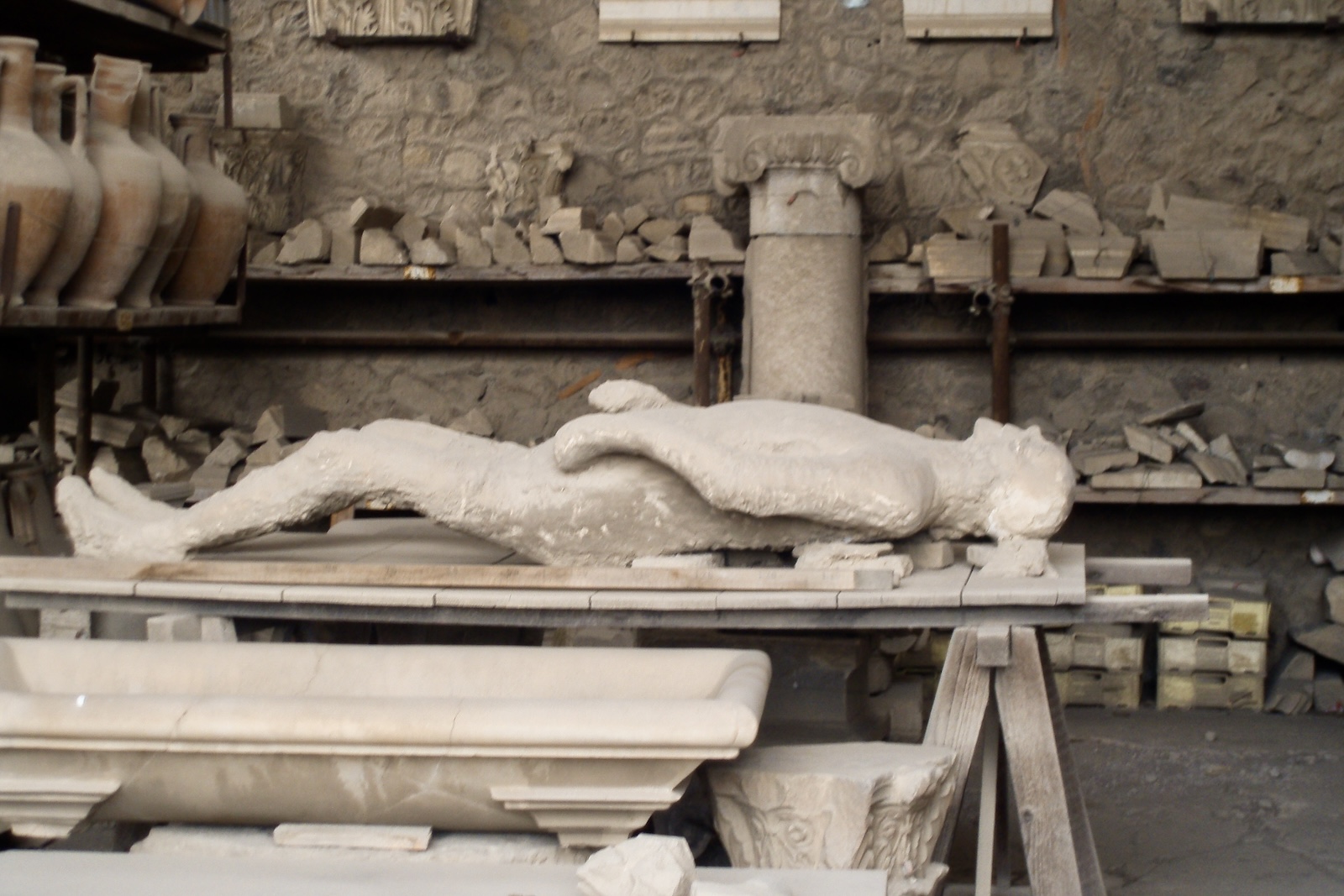
Day 3 | Sorrento
Relax in Piazza Tasso
Piazza Tasso in Sorrento’s main square. Start the morning by enjoying breakfast at one of the square’s many cafes. Afterward, explore the rest of the town. There are a handful of markets and boutiques in the area. Make sure to pick up a bottle of Limoncello to take home with you. Sorrento is known for its absurdly large lemons and most of the country’s Limoncello (lemon liqueur) is produced from the lemons found here.
Visit the Island of Capri
Spend the afternoon visiting the beautiful island of Capri. Capri is known for its upscale hotels, designer shops, high-end leather goods, and great restaurants. The famous Blue Grotto is also located just off its coast. The Grotto is an incredible sea cave that becomes a bright blue when sunlight is reflected off the water and illuminates its walls. Catch the ferry from Sorrento to Capri or join a tour if you wish to visit the Blue Grotto. The ferry runs frequently and departs about every 30 minutes.
Where to Stay in Sorrento
Palazzo Marziale is a lovely little hotel that’s housed in a restored 15th-century building. The rooms are spacious and the property is conveniently located in historic Sorrento. Piazza Tasso is just a short walk and Marina Piccola is 10 minutes away.
Agora Apartments are affordable and perfectly located in the center of Sorrento. The modern apartments have balconies with sea views and a shared terrace that offers views of Mt. Vesuvius. The apartments are only 304 m (1000 ft) from the seafront. Bike rentals are also available onsite.
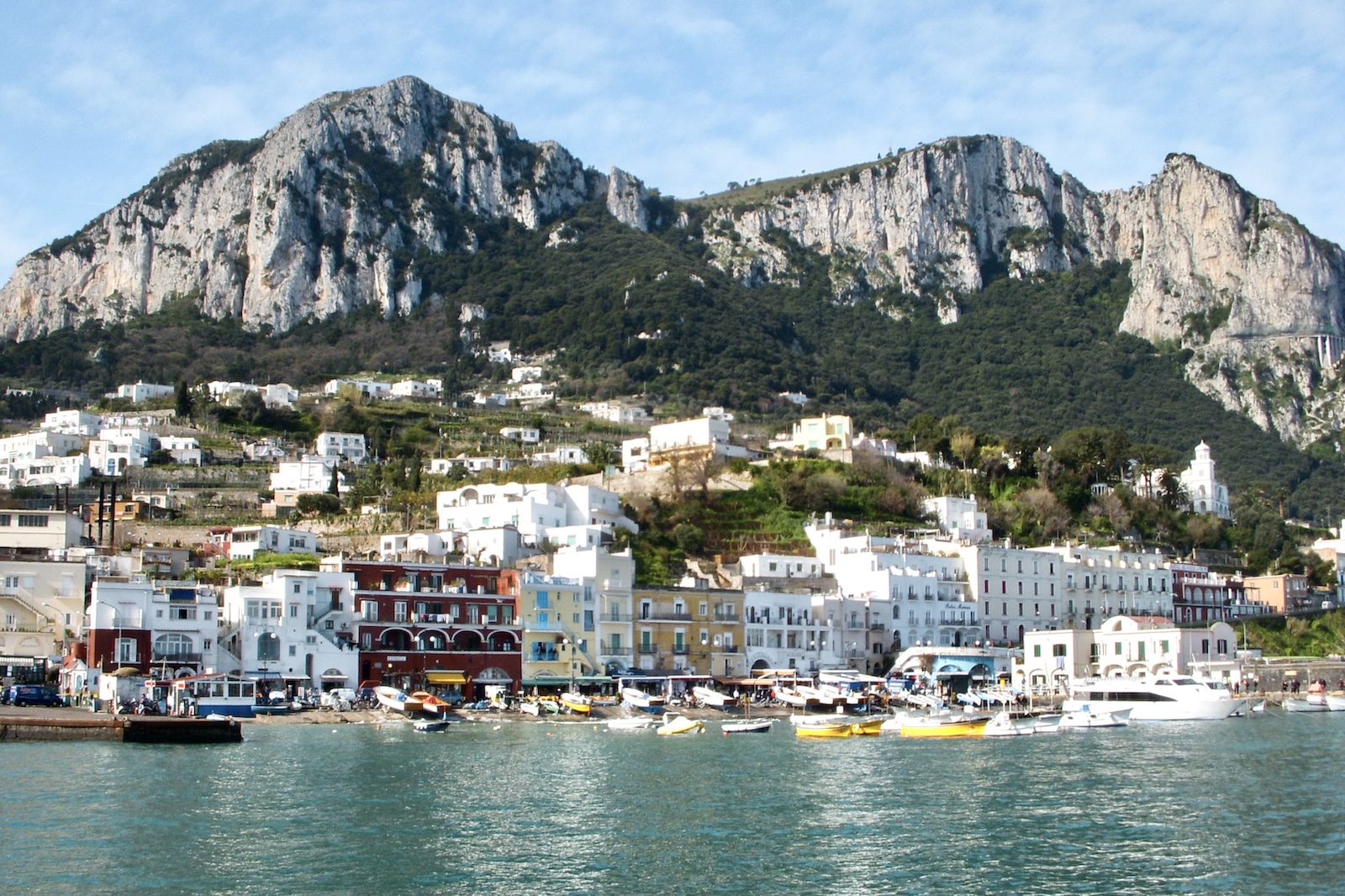
Day 4 | Sorrento to Florence
Florence is the capital of Italy’s Tuscany region and is located in Central-Northern Italy. The city is one of Italy’s top tourist destinations. It has iconic cathedrals, beautiful architecture, and famous works of art. It’s also home to Michelangelo’s “David” sculpture. The drive from Sorrento to Florence is 515 km (320 mi) and the drive takes about 5 hrs 30 min. The drive is a scenic one so allow some time for stops along the way.
Stroll Across the Ponte Vecchio
Go for an evening stroll across the Ponte Vecchio. The Ponte Vecchio is a bridge made up of three arches that span the Arno River in Florence. It’s believed the bridge was first built during Roman Times and its existence was first documented in 996. Throughout the years, the bridge was destroyed by flooding twice and rebuilt. Today, numerous shops line the bridge. There are jewels, art, and souvenirs for sale.
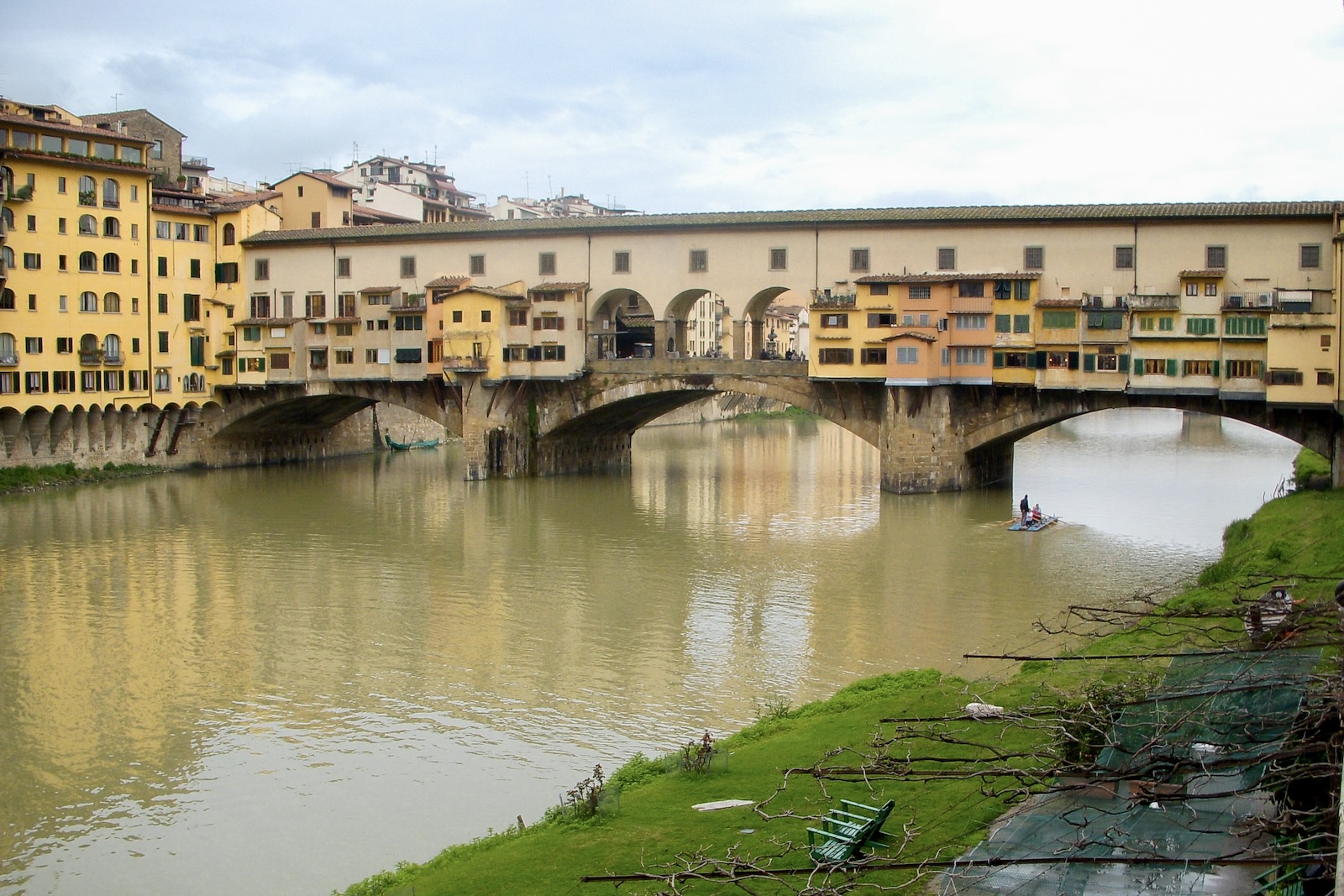
Day 5 | Florence
Visit the Uffizi Gallery
The Uffizi is one of Italy’s most important and most visited museums. It’s famous for its extensive collection of paintings and sculptures from the Middle Ages to the Modern period. The Uffizi encompasses two floors and is so large that it can be overwhelming.
I suggest a small group tour that will show you the highlights so you won’t miss any of the museum’s best works. The gallery houses masterpieces by artists such as Giotto, Caravaggio, Leonardo, and Michelangelo. Museum hours are Tuesday to Sunday, 8:15 am to 6:50 pm. Saturdays and holidays require a reservation.
Explore the Duomo (Cathedral of Florence)
The Basilica di Santa Maria del Fiore, commonly called the Cathedral of Florence, is one of Florence’s top sights and a must-do on this 2 week Italy itinerary. Construction of the cathedral began in 1296 in the Gothic style and was completed in 1436. The beautiful basilica was one of Italy’s largest churches and was designated a UNESCO World Heritage site in 1987. A guided tour can be purchased here.
View Michelangelo’s “David” Sculpture
Michelangelo’s “David” is one of the world’s most famous sculptures. The marble work is 5.17 m (17 ft) and was created between 1501 and 1504. The original is located in the Accademia Gallery. However, there are two copies located in Florence. One is in Piazza della Signoria and the other is near Palazzo Vecchio. Museum hours are Tuesday to Sunday, 9 am to 6:45 pm with the last admission being at 6:15 pm. A reservation is required for Saturday and Sunday and is recommended throughout the week.
Want to see a Michelangelo work free of charge? Located on a wall of the Palazzo Vecchio in Florence is a carving of a man’s face. The work is rumored to be done by Michelangelo. It’s referred to as L’importuno di Michelangelo or Michelangelo’s Graffiti. It’s located on the corner closest to the Uffizi Museum.
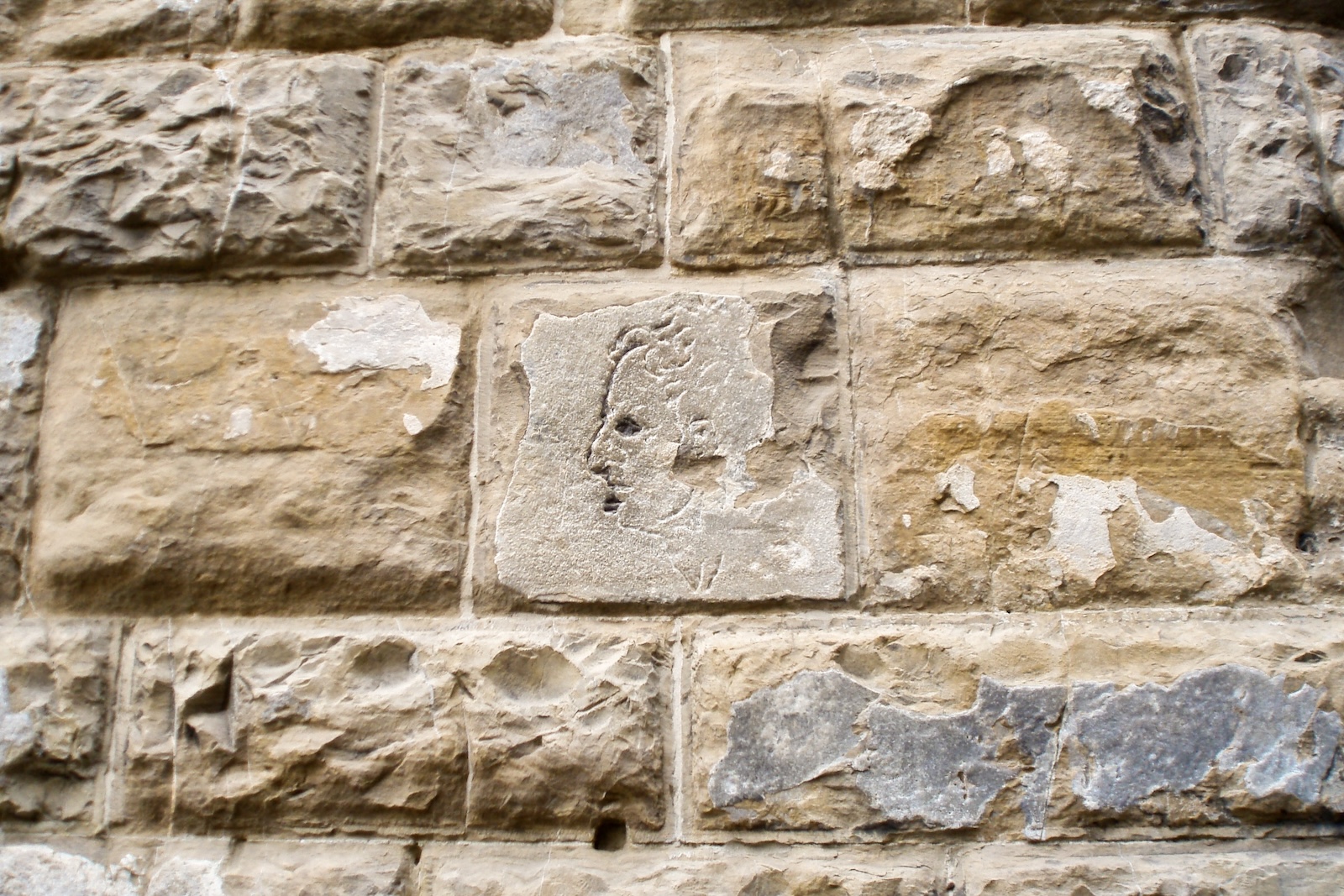
Day 6 | Florence
Wine Tasting in Tuscany
Take a break from the museums in historic Florence and explore the Tuscan countryside. Just 30 minutes outside of Florence is the famed Chianti Classico region. Book a tour that visits three wineries where you can learn about winemaking and taste the best Chianti. The tour includes a traditional Tuscan lunch, wine pairings, and transportation from Florence.
Where to Stay in Florence
Hotel Ungherese is a small but beautiful hotel located about 10 minutes outside of historic Florence. The bus stop is located just 106 m (350 ft) away. The area is quiet and the hotel has its own furnished terrace. An Italian breakfast buffet is served daily.
Firenze Rentals Corso is an affordable hotel located in the heart of Florence. The charming hotel is just minutes from the Uffizi Gallery and a short walk to most of Florence’s top sights. Rooms feature balconies and wonderful views of the Duomo.

Day 7 | Florence to La Spezia
The drive from Florence to La Spezia is 150 km (93 mi) and takes about 2 hours. La Spezia is commonly used by tourists as a gateway to the beautiful Cinque Terre. Cinque Terre can be difficult to access by car so many people choose to leave their car in La Spezia and take the train to Cinque Terre.
From La Spezia, take the Cinque Terre Express, in the direction of Levanto. The train will stop at all five of the towns in Cinque Terre. Trains run frequently and take just 30 minutes to reach the first stop. La Spezia can be used as a home base or you can choose to stay a night in one of the towns. I suggest the latter, La Spezia is a large navy town and there is not much to do in the area.
On your way to La Spezia, you can take a short detour and visit the world-famous, Leaning Tower of Pisa. It’s about 40 minutes off route.
View the Leaning Tower of Pisa
The Leaning Tower of Pisa is a free-standing bell tower in the city of Pisa. The tower was built on soft ground which resulted in an unstable foundation. It began to lean during construction in the 12th century and only got worse by its completion in the 14th century.
Today, the tower has an almost 4-degree lean. During the 1990s, the tower went under a restoration project and is now stable. Visitors from all over the world flock to the site to see the incredible Leaning Tower.
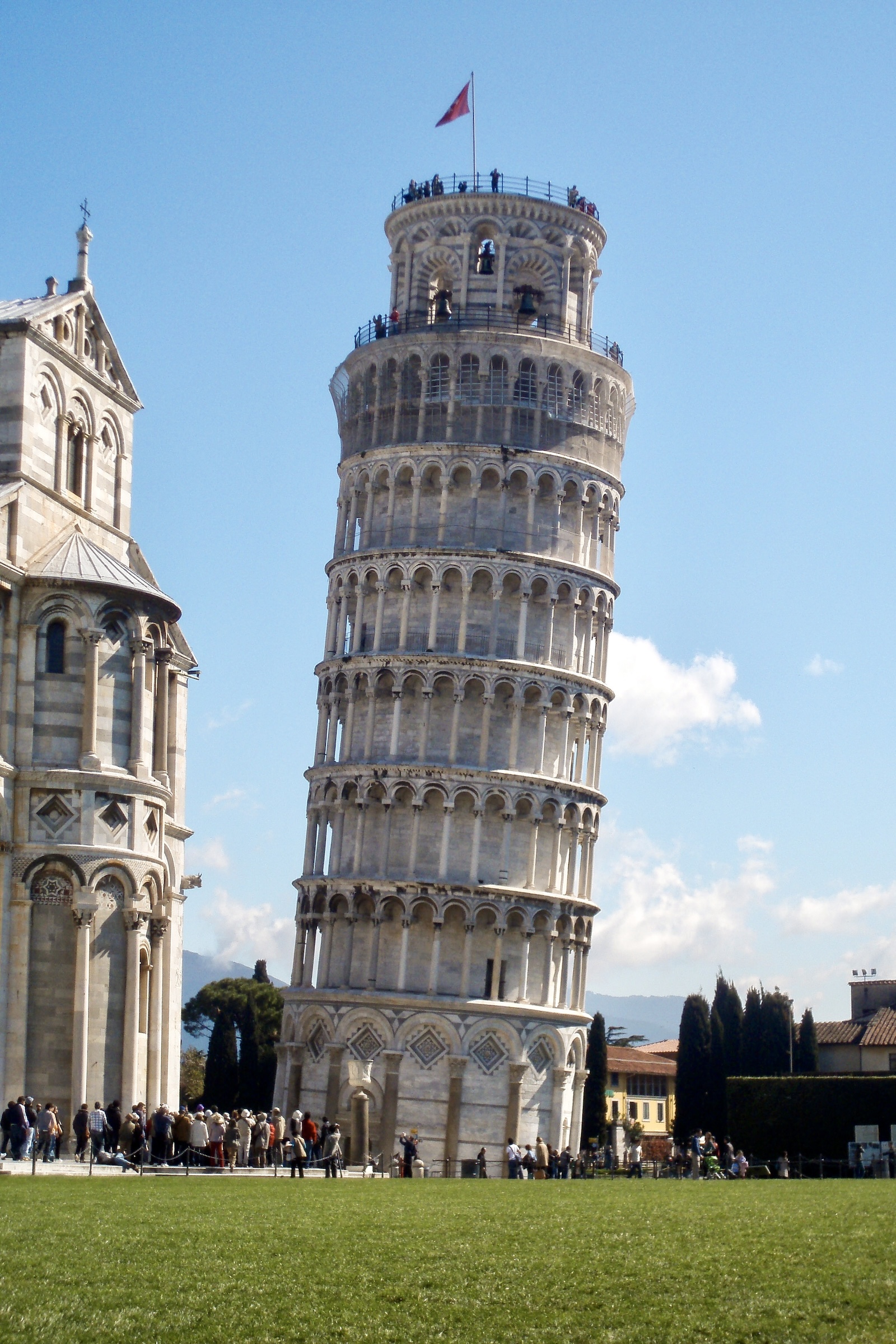
Day 8 | Cinque Terre
The Cinque Terre is a group of fishing villages located on the Italian Riviera in the region of Liguria. The UNESCO World Heritage Site sits on a small stretch of coastline just 10km (6 mi) long but is one of the most beautiful places in the world. The picturesque towns are full of colorful homes and incredible views.
There are five towns: Riomaggiore, Manarola, Corniglia, Monterosso al Mare, and Vernazza. Each town has its vibe and attracts travelers for a specific reason. Monterosso has the largest beach, Vernazza has the prettiest villages, and Riomaggiore is the easiest to reach.
Hike the Cinque Terre Coastline
Cinque Terre is known for its hiking, which may very well be some of the most beautiful in the world. There are 120 km (74.5 mi) of trails along the Cinque Terre coastline. Some trails are easy to walk and others are steep and rugged. The trails wind through the hills, high above the water among the village rooftops.
The most popular is a small stretch from Riomaggiore to Manarola. The easy 1.5 km (1 mi) is called Via dell’Amore or “Lover’s Lane” and it takes about 30 minutes to complete. However, this trail closes often due to landslides and is currently scheduled to be closed until 2022.
Where to Stay in Cinque Terre
Affittacamere Le Giare is located in the Cinque Terre town of Riomaggiore and is just 30.5 m (1,000 ft) from the train station. The rooms are clean and cozy and have incredible views.
Albergo Venezia is conveniently located within walking distance of the train station in La Spezia. It’s the perfect home base if you’re visiting Cinque Terre on a day trip. Cinque Terre can easily be reached by train or ferry from the hotel. The rooms are simple but clean and budget-friendly.
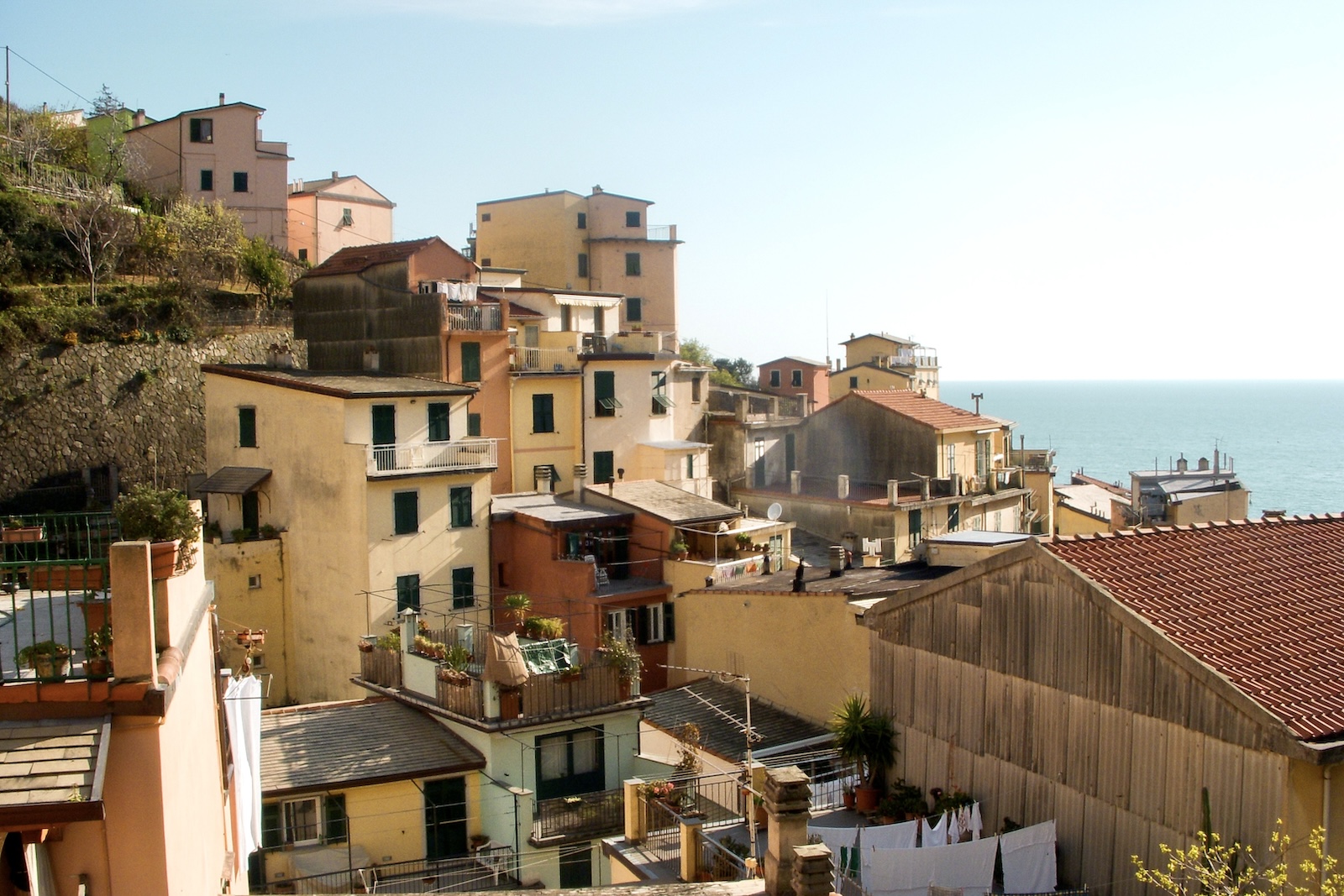
Day 9 | La Spezia to Milan
Milan is a city in northern Italy and the second most popular city after Rome. It’s known globally for its fashion and design but has so much more. It has history, great food, shopping, and nightlife. The distance from La Spezia to Milan is 237 km (147 mi) and the drive takes about 2 hrs 30 min. City tours are offered that include the below-mentioned sights.
Day 10 | Milan
Tour the Duomo di Milano
Duomo di Milano is the cathedral church of Milan and the largest church in Italy. It’s a massive Gothic cathedral that took almost six centuries to complete. Construction began in 1386 and didn’t end until 1965. The rooftop is open to visitors for a small fee and allows guests to see the many intricate details of the exterior structures. The Duomo gets very busy so I suggest an early morning visit.
See The Last Supper at Santa Maria delle Grazie
Santa Maria delle Grazie is a church and UNESCO World Heritage Site. The Church houses Leonardo da Vinci’s most famous work, The Last Supper. The painting is Milan’s most visited attraction. The 15th-century mural hangs in its original location of a dining room within the church.
Opening hours for Santa Maria delle Grazie are Tuesday through Sunday, 8:15 am to 7 pm with the last entry being at 6:45 pm.
Shop at Galleria Vittorio Emanuele II
Galleria Vittorio Emanuele II is the world’s oldest shopping mall. It opened in 1865 and was named after King Vittorio Emanuele II, the first king of the Kingdom of Italy. It’s located in the center of town and consists of four stories housed in a double arcade. The building is famous for its stunning domed iron and glass roof.
Inside, you’ll find cafes, restaurants, and many designer stores; including one of the first Prada stores that opened in the mall in 1913.
Where to Stay in Milan
Crowne Plaza Milan City is located near Milano Centrale Train Station and just steps from the Metro station. The IHG hotel has modern, spacious rooms and plenty of amenities. The hotel has a lounge terrace, fitness center, sauna, Turkish bath, spa treatments, and breakfast buffet.
World Hotel Cristoforo Colombo
World Hotel Cristoforo Colombo is an elegant hotel in a historic building from the late 19th century. It’s conveniently located just minutes from the Metro. The hotel has a wellness center, sauna, and a restaurant on-site.
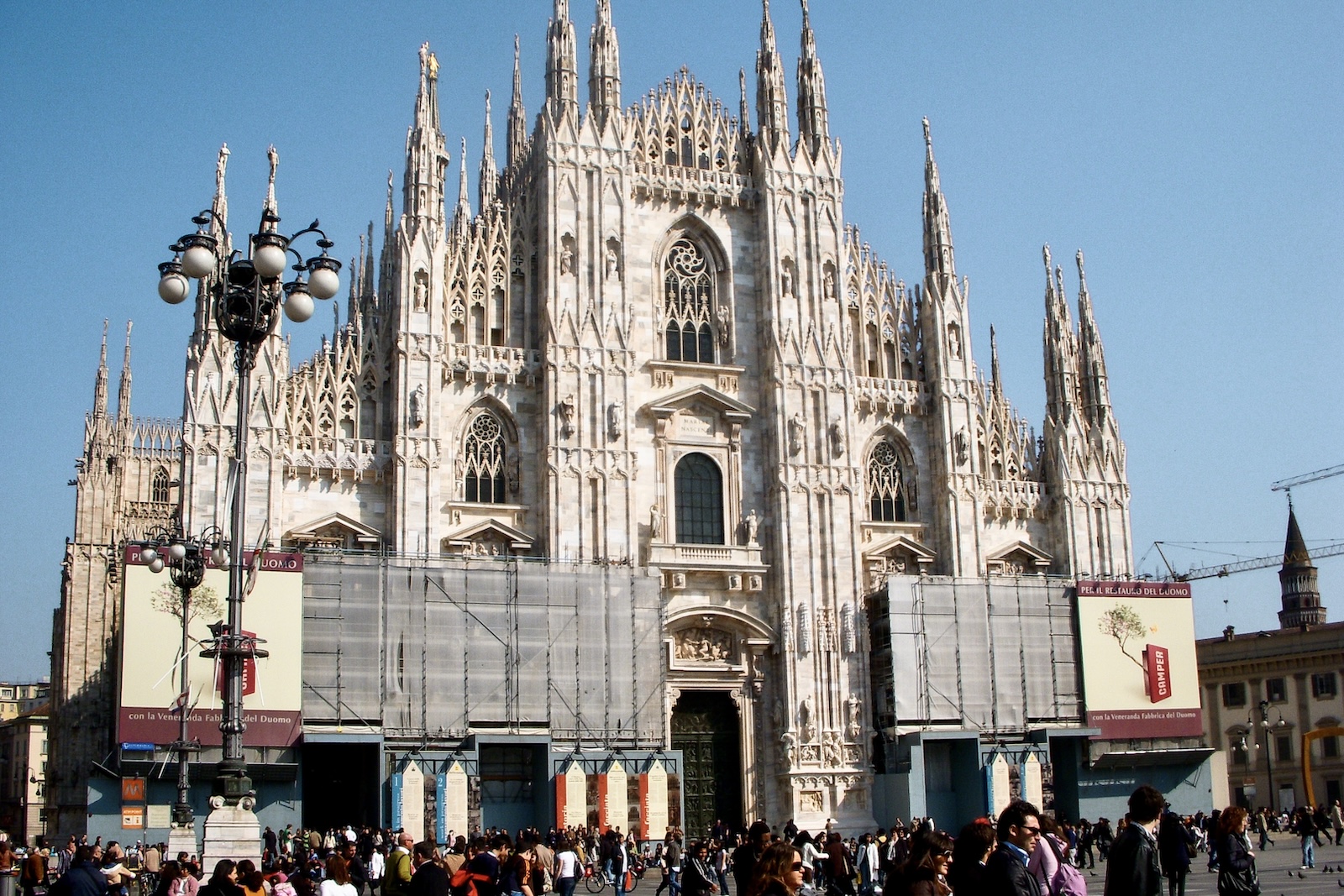
Day 11 |Milan to Venice
Venice, also known as the City of Canals” or “The Floating City”, is one of Italy’s most popular destinations. The small city is located in northeastern Italy and is made up of 188 small islands in the Adriatic Sea. These islands are separated by canals and linked by over 400 bridges. It’s located 257 km (169 mi) from Milan and takes about 3 hours to reach by car.
There are no roads in Venice, so you won’t be able to bring a vehicle. There are a couple of parking garages in Mestre that range from $23-35 USD (20-30 EUR) daily. From there Old Town is about 1 km (.62 mi). You can walk or take the train, tram, or bus. There is a closer parking garage at the end of the bridge in Piazzale Roma but the daily cost will be higher.
Other transportation options from the mainland include the ferry or water taxi. Depending on what time you arrive, you may want to stay the night in Mestre and visit Venice on a day trip. Venice is small and you won’t need a lot of time there.
On the way from Milan to Venice, there are a couple of great stops. If you have time, I recommend Verona and Lake Garda.
Stroll Around Lake Garda
Lake Garda is Italy’s largest lake and is known for its beautiful water. The town of Sirmione sits at the lake’s southern shore and is accessed through a moat and castle. Sirmione is about 1 hr and 43 min from Milan and can be a great place to stop for lunch. There are a handful of lakefront cafes and shops.
Visit Shakespeare’s Famous Verona
Verona is about 45 minutes from Lake Garda and about 2 hours outside of Milan. Verona is a beautiful medieval town and one of my personal favorites on this 2 week Italy itinerary. It’s located near the Adige River and is famous for being the setting of three of Shakespeare’s plays, including “Romeo and Juliet”. There’s even a residence with a balcony that is said to be Juliet’s House. Other sights in Verona include Castle Vecchio, the Verona Arena, and the Giusti Gardens.
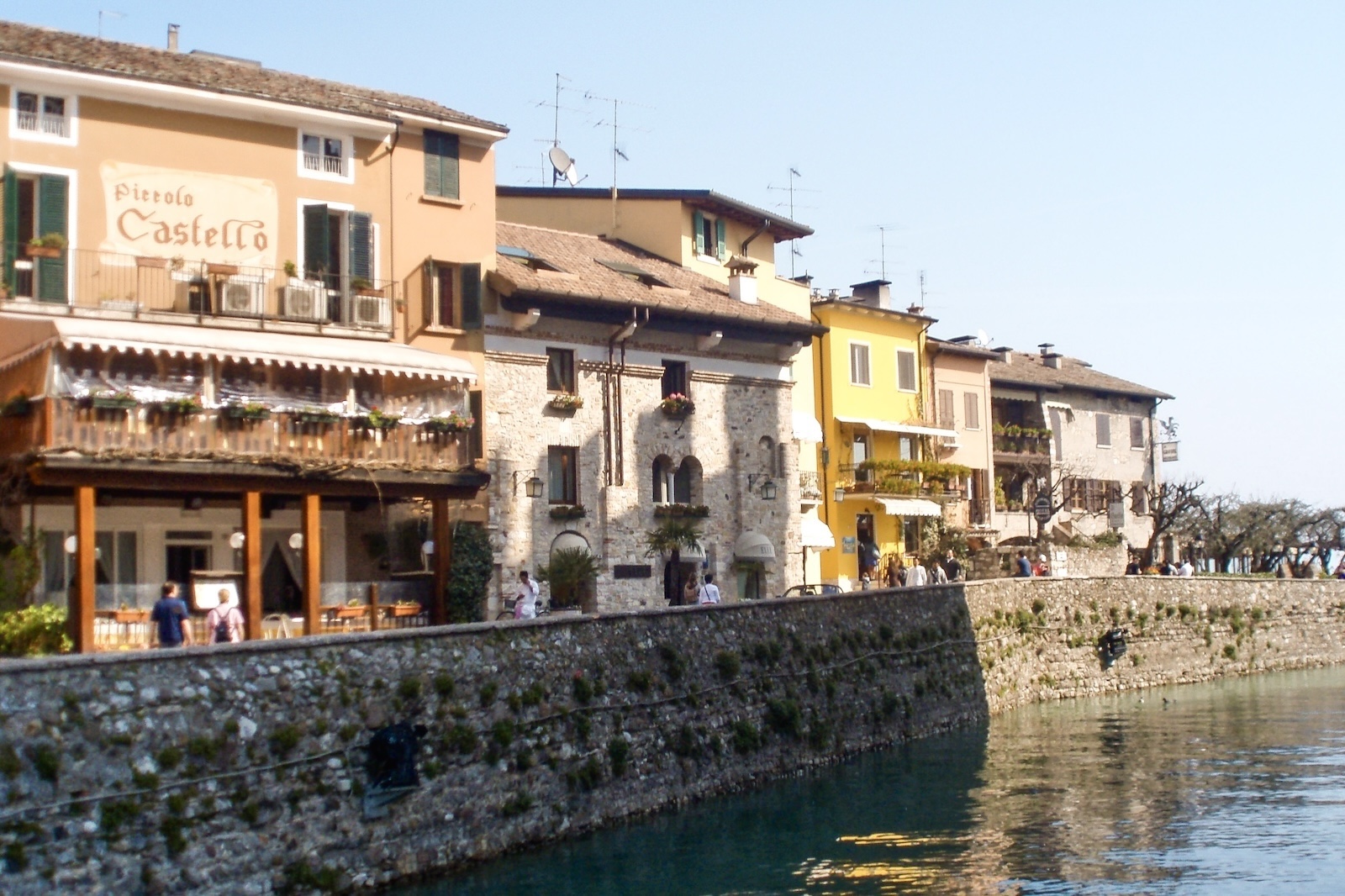
Day 12 | Venice
Tour the Sights in St. Mark’s Square
Piazza San Marco or St. Mark’s Square is the public square in Venice and is considered one of the finest squares in the world. There are a few things to do near the square: tour the adjacent St. Mark’s Basilica, admire Doge’s palace, visit the Bridge of Sighs, view the Torre dell’Orologio (Clock Tower), or people-watch at a nearby cafe. I suggest joining a tour that includes many of these sights and provides front-of-the-line access.
Have a Drink at Hotel Danieli
Hotel Danieli is a luxurious waterfront hotel located about 5 minutes from St. Mark’s Square. It was built at the end of the 14th century and is one of Venice’s most lavish hotels. It’s famous for its Bellini, a cocktail made of prosecco and peach juice. Hotel Danieli has been frequented by many famous guests including Charles Dickens and Princess Diana.
Take a Gondola Ride
One thing you must do in Venice is a gondola ride down the Grand Canal. The Grand Canal is considered Venice’s “main street”. The canal is 3.2 km (2 mi) long and is one of Venice’s most photographed places. A ride costs between $95 to $120 USD (82 to 103 EUR). If a gondola isn’t in your budget, you can also take the Vaporetto or public water bus down the famous canal.
Where to Stay in Venice
Hotel Danieli is a bit of a splurge but the luxurious hotel is really something special. It overlooks the Venice Lagoon and is located just steps from St. Mark’s Square. The beautiful hotel is made up of three separate buildings dating back to the 14th, 19th, and 20th centuries that are connected by bridges. There’s an incredible restaurant and bar on-site that has incredible views.
Hotel Kette is a charming hotel with Venetian-style rooms. The hotel is a great value for the money and its location is great. It’s a short walk from Piazza San Marco and the Accademia and Rialto Bridges are only 10 minutes away.
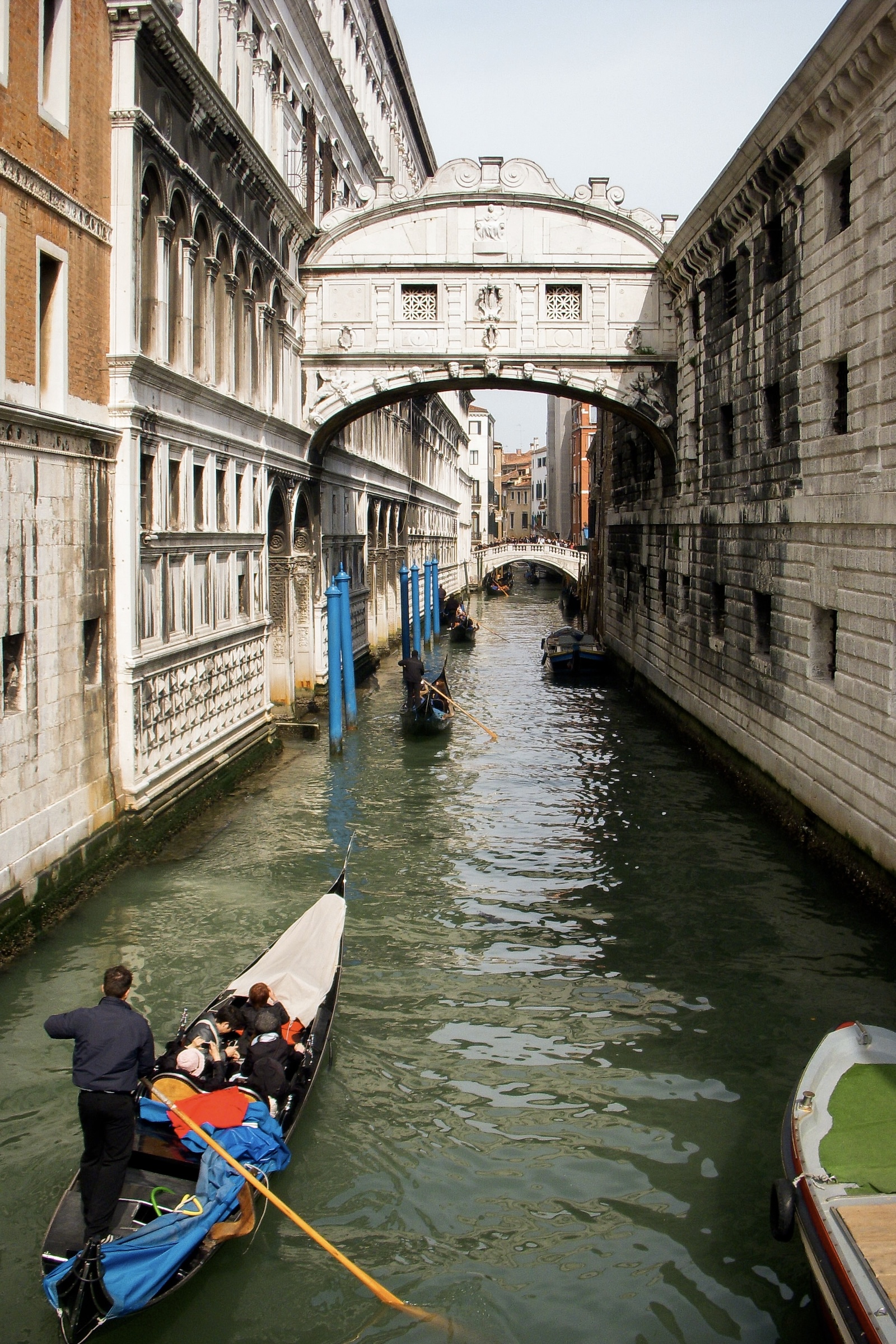
Day 13 | Venice to Rome
The journey from Venice to Rome is a bit of a long one. It’s 526 km (327 mi) and takes about 6 hours. It can be broken up with a stop in the city of Bologna. Bologna is just under 2 hours from Venice.
Grab Lunch in Bologna
Bologna is Italy’s seventh most populous city as well as the country’s food capital. It’s home to the Bolognaise pasta dish and is a must-stop for great Italian food. The medieval city is also full of history and incredible architecture. Be sure to visit The Two Towers (Le Due Torri), Piazza Maggiore, and the Whispering Walls.
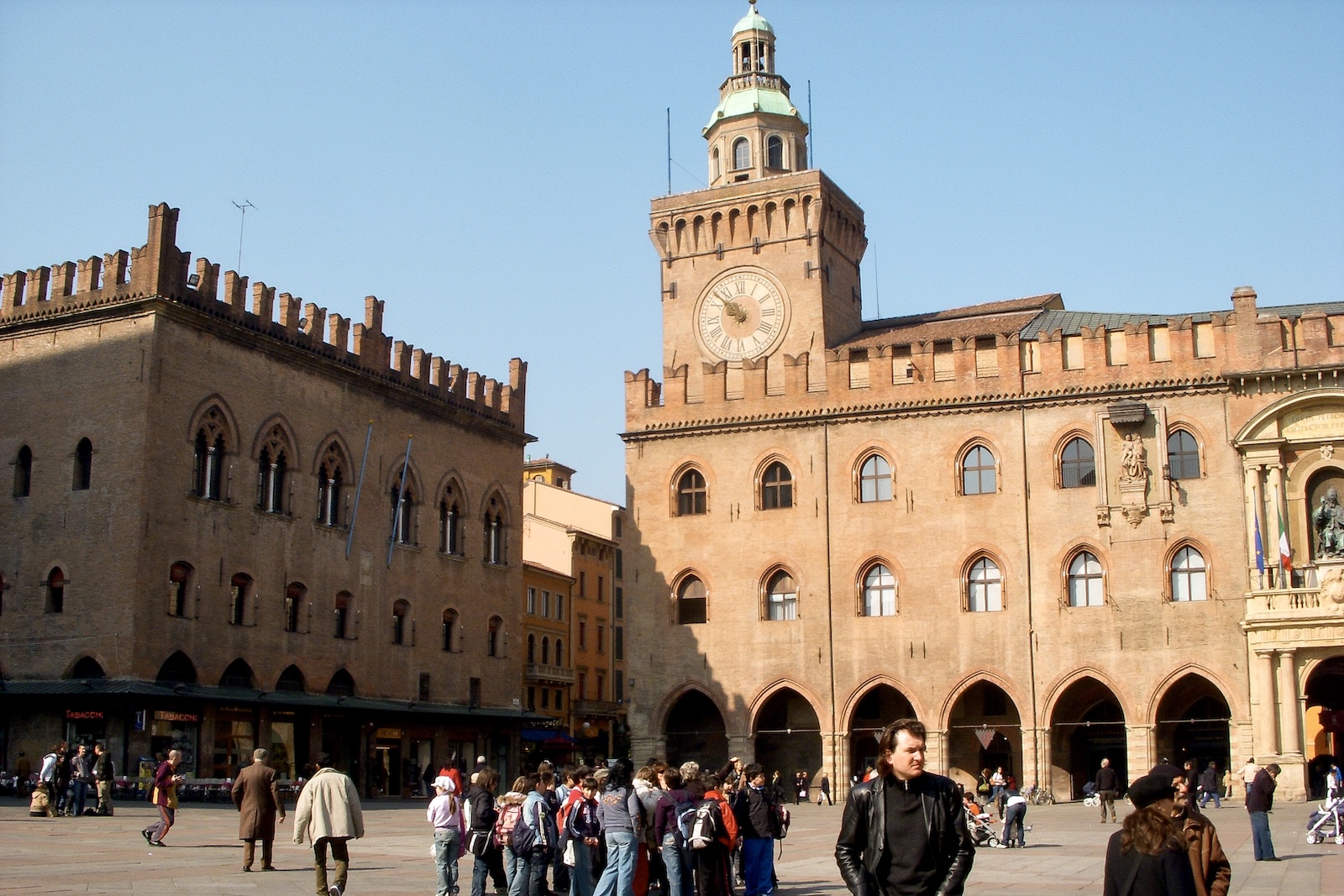
Day 14 | Rome
See the Sistine Chapel at the Vatican
Vatican City is home to the Pope and the headquarters of the Roman Catholic Church. It’s also home to historic works of art and incredible architecture. Make sure to visit St. Peter’s Basilica, Bramante Staircase, Vatican Gardens, Vatican Necropolis, and of course, Michelangelo’s Sistine Chapel. The Vatican is always busy but the best time to visit is first thing in the morning. A skip-the-line ticket to the Vatican Museums and Sistine Chapel can be purchased here.
Explore the Magnificent Colosseum
The Colosseum is one of Rome’s most visited sites. It was the largest amphitheater built during the Roman Empire and remains the largest standing amphitheater in the world today. At the time of its completion in 80 AD, Emperor Vespasian intended it to be used as an entertainment venue. It held more than 50,000 people and hosted gladiator fights, executions, and exotic animals.
Walk Around the Roman Forum
The Roman Forum is located just west of the Colosseum and was the center of ancient Rome. The site was used for elections, public trials, and social gatherings. The plaza is surrounded by several ruins of ancient government buildings and temples.
Visit the Well-preserved Pantheon
The Pantheon is one of the most well-preserved sites from ancient Rome. The once-Roman temple was built sometime between AD 118 and 125 under Emperor Hadrian. It’s unknown what it was originally used for but its architecture is incredible. The structure is made up of a massive concrete dome that is supported by a series of arches. The dome is lifted off the ground by a porch and a group of eight Corinthian columns can be found at its entrance.
Where to Stay in Rome
Hotel Pantheon is a charming hotel housed in a 17th-century building. The budget-friendly hotel is conveniently located near many of Rome’s top attractions. The Pantheon is just 46 m (150 ft) away and the Trevi Fountain is a five-minute walk. The hotel has an elegant interior, a great staff, and a breakfast buffet.
Hotel Artemide is in a beautiful 19th-century building. The hotel is located just 198 m (650 ft) from the Metro station and is just two stops from the Spanish Steps. The property offers an on-site spa, hot tub, and breakfast buffet.
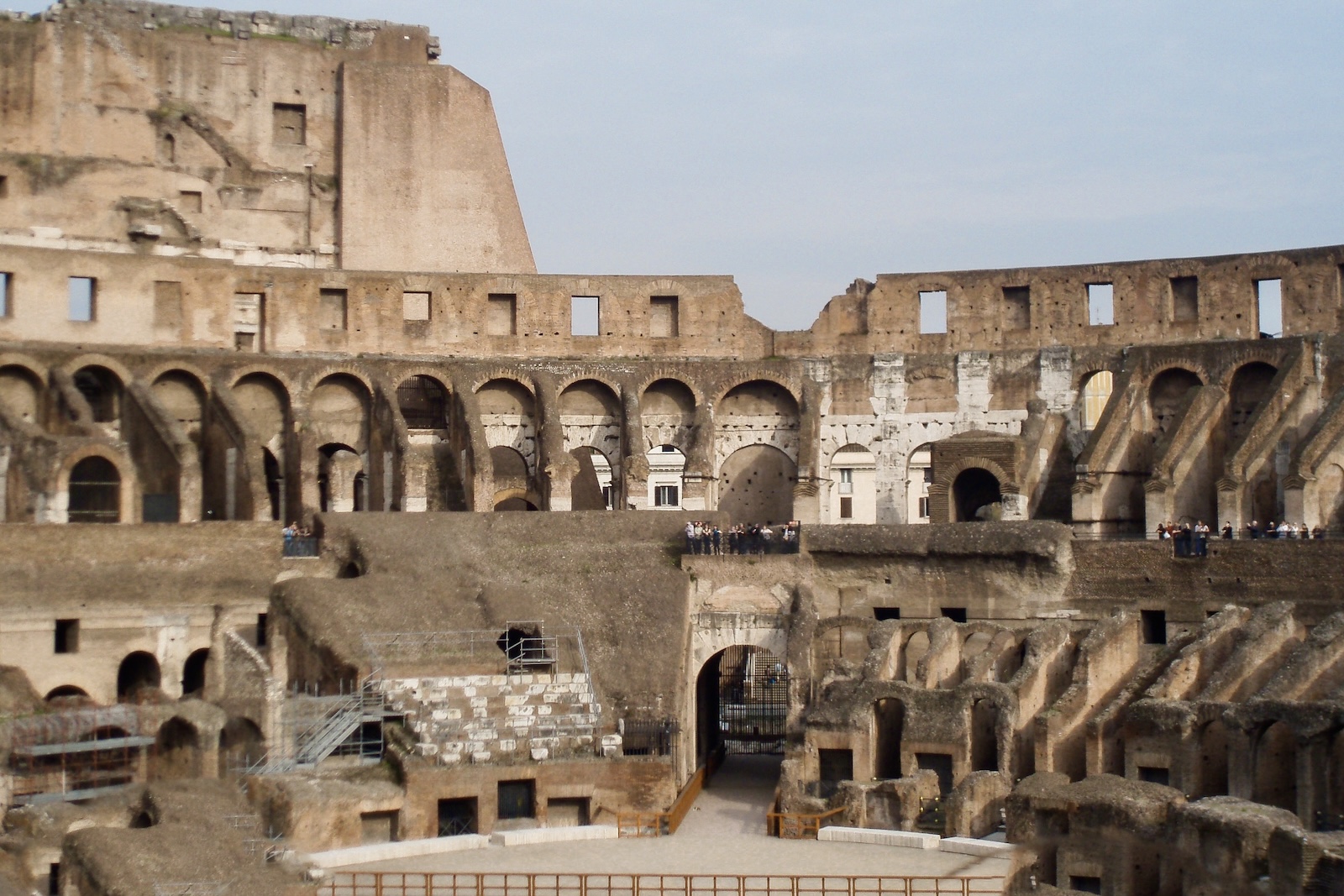
Have you been to Italy? What would you add to this 2-week Italy itinerary? I’d love to hear from you. If you’ve enjoyed this post, please leave a comment or share using the social media buttons below. Do you have a layover in London? If so, continue to my post, “7 Amazing Things to Do on a Layover in London”.
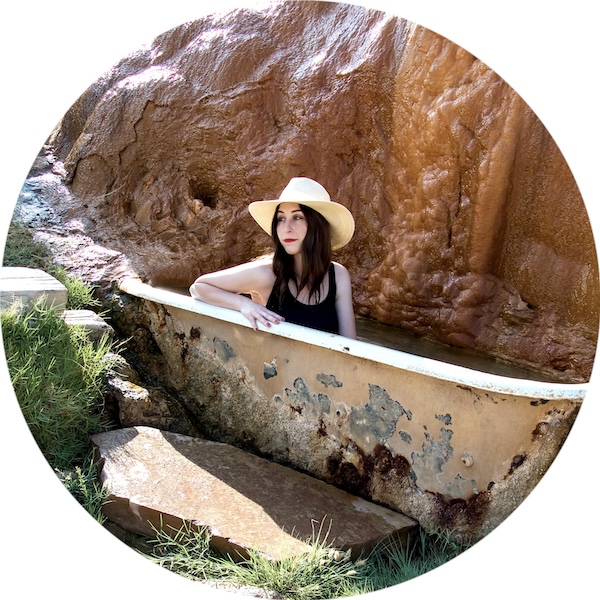
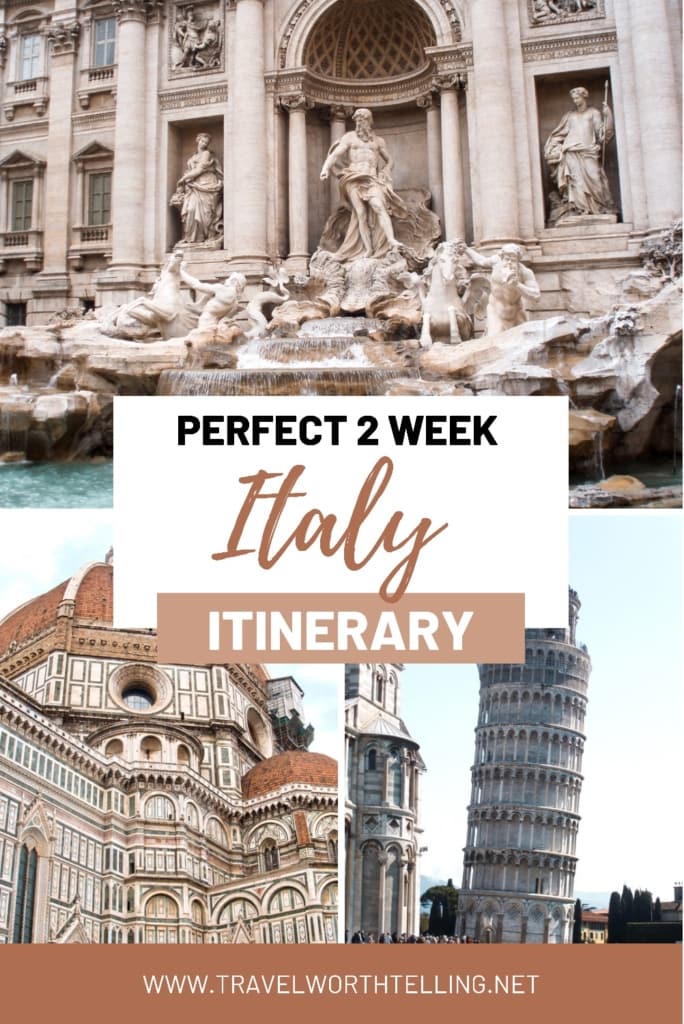
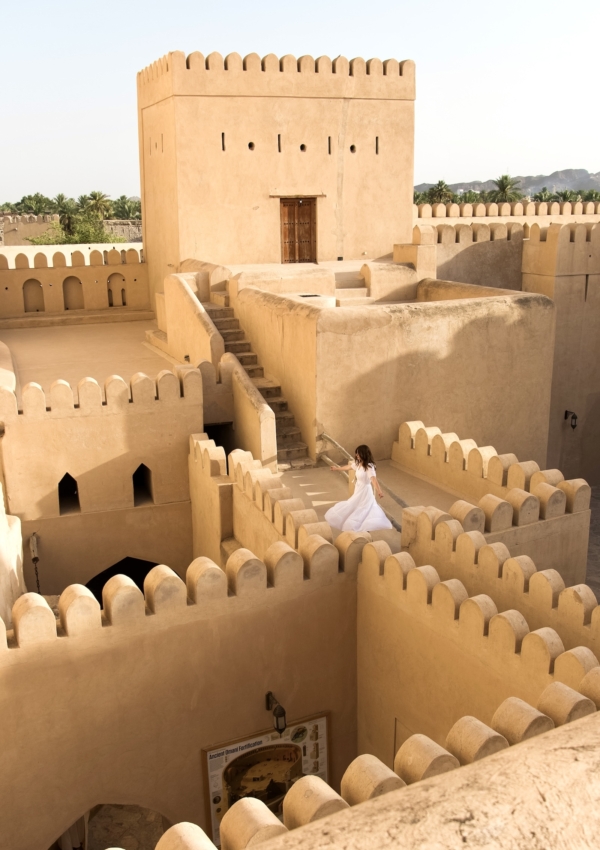







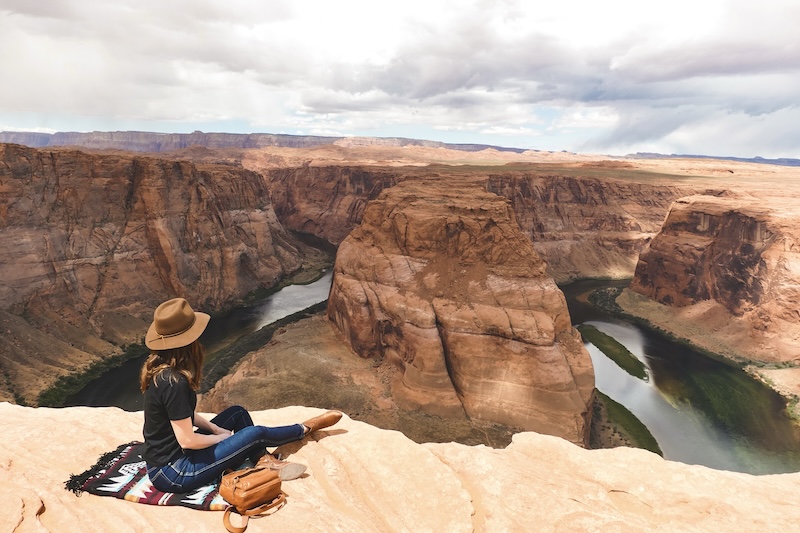
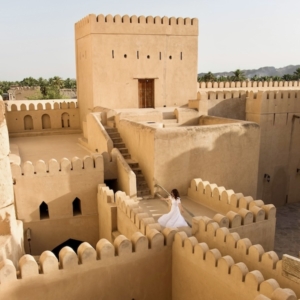
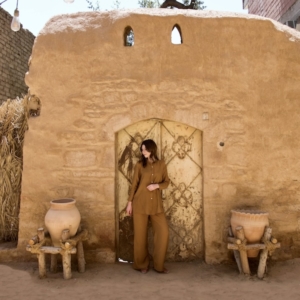
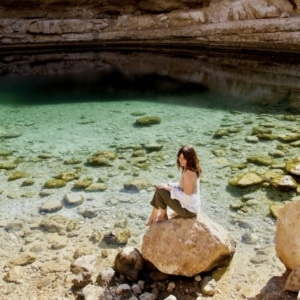
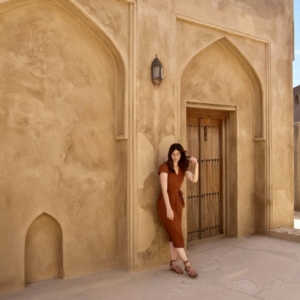


Leave a Reply